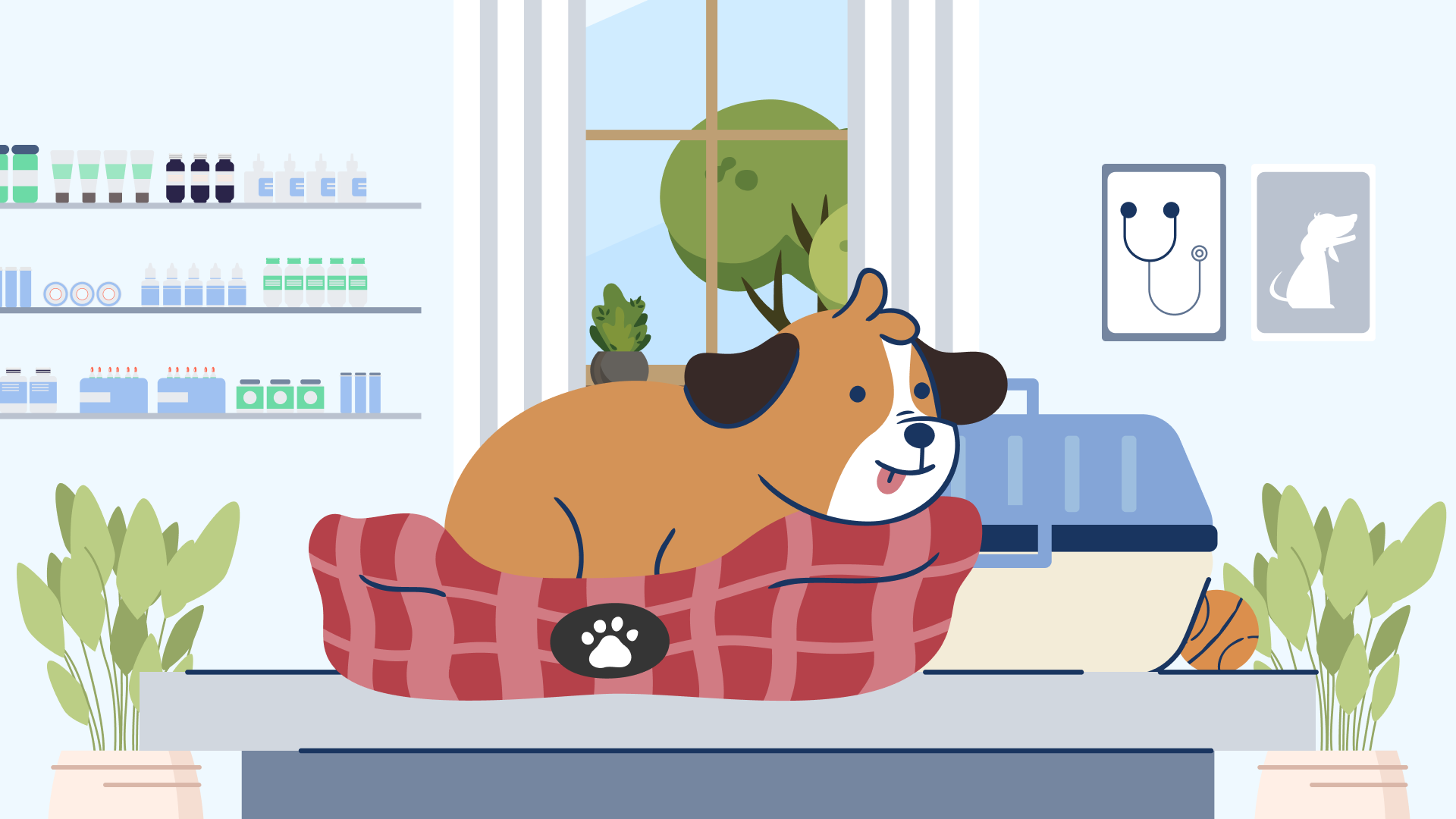Time to read : 3 Minutes
An unexpected vet bill is the last thing you ever want, especially with the cost of living as high as it is. Which is one of the main reasons why pet insurance has become so popular. But if you take a closer look at your policy, you’re likely to find many exceptions. So, what isn’t covered?
Nowadays, our furry friends are considered as valued members of the family. And when they get sick or injured, it’s a no-brainer to get them treated.
Vet bills can get expensive, and getting insurance is the financially responsible thing to do. But like your own health insurance policy, there are a number of procedures and circumstances that generally aren’t covered.
For starters, there are usually age restrictions for your pet to be eligible for cover. Most insurers will not cover a young animal under six weeks old, and the upper age limits range from around eight years to up to 16 years, depending on the insurer.
What animals are covered by pet insurance?
Data from the RSPCA shows 38% of Australian households own a dog and 29% have a cat. As such, standard pet insurance policies are designed with these two animals in mind.
If you don’t own a dog or cat, you’ll most likely need to look into insurance for exotic pets to cover anything else – even if it’s not particularly exotic – such as birds, reptiles and fish… and rabbits.
Rabbits are legal to keep in all states and territories except Queensland. While they can make great pets, pet rabbits in QLD aren’t covered by regular pet insurance and would need to go under an exotic pet policy everywhere else.
Dental services
Almost every pet insurance excludes dental procedures for your pet. This also means any preventative measures like teeth cleaning or treatment for oral diseases are not included.
There are a few insurers who will let you add dental cover as an optional extra, but even then it’s mostly only partial coverage, so expect to still pay out of pocket for dental even with cover.
Prosthetic limbs
If your pet needs a prosthetic limb, your insurance may cover the procedure to actually fit the prosthetic – but the artificial limb itself most likely won’t be.
Prosthetics, even smaller ones for animals, can get very expensive. One prosthetic limb for a small dog can cost around $1,500.
Pregnancy and obstetrics
This might seem like an odd exclusion, but most policies won’t cover your dog or cat for any procedure related to pregnancy or birth. The exclusion is mostly intended to prevent professional animal breeders claiming under what is meant to be a policy for pet owners.
Pre-existing conditions
Like your own health insurance, pre-existing conditions are usually not covered by your pet insurance. This includes any condition that began before the policy started.
But some insurers will cover a pre-existing condition if your pet has been free of symptoms for at least 18 months. This requires signed certification from your vet.
Electives
Elective procedures are also usually not covered, similar to your health insurance. But just like in humans, ‘elective’ doesn’t necessarily mean ‘cosmetic’ or ‘trivial’. It just means a procedure that can be delayed more than 24 hours without your pet dying.
This also usually includes many preventative health measures such as vaccinations, worming medication and desexing. Some insurers do offer reimbursement for general preventative care.
Bottom line
Chances are your pet will need to see the vet at least once in their lifetime. If you feel you’ll get value out of pet insurance then it may pay to invest in a policy.
Like most things that come with a price tag, always do your research and shop around to see what’s included…. and what’s not, to help you make a decision.
Go deeper:
This article was originally published on Your Life Choices.
